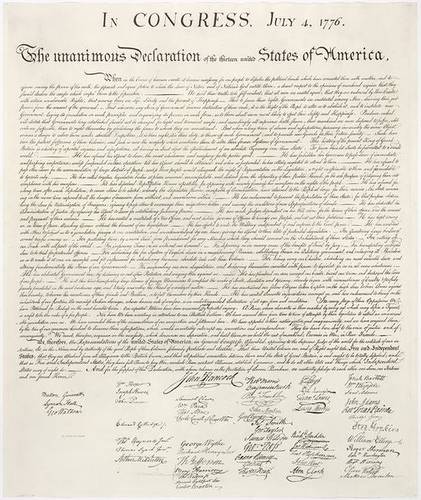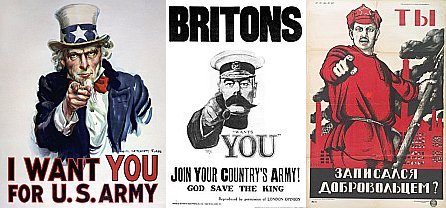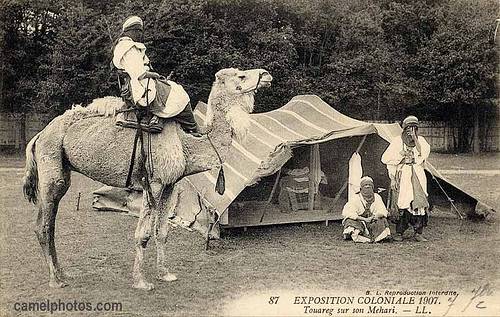
Thomas Jefferson’s original draft of the Declaration of Independence contained a passage denouncing the slave trade:
He [George III] has waged cruel war against human nature itself, violating its most sacred rights of life & liberty in the persons of a distant people who never offended him, captivating & carrying them into slavery in another hemisphere, or to incur miserable death in their transportation thither.
Congress removed it.



